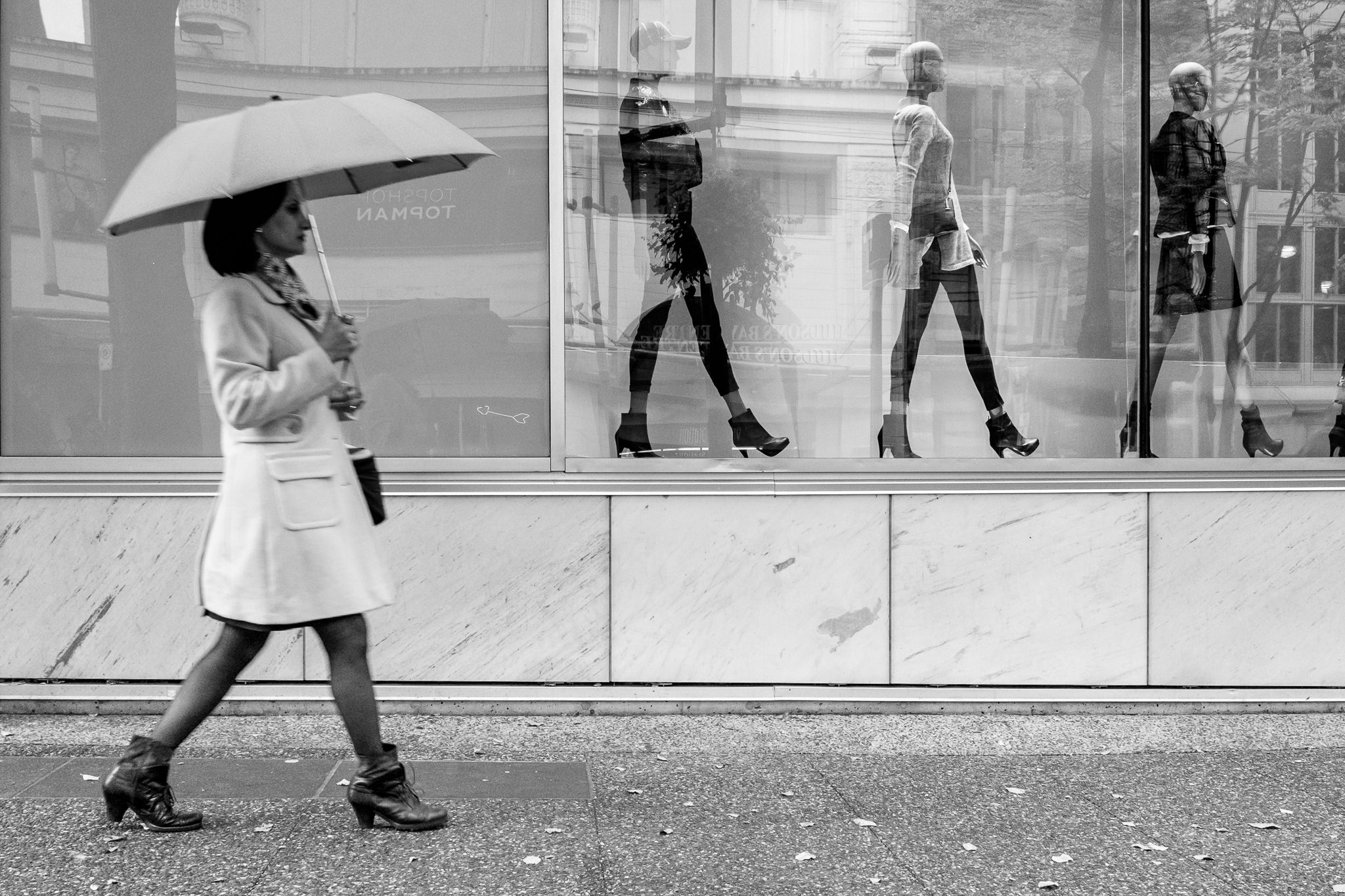Getting My Framing Streets To Work
Framing Streets Can Be Fun For Everyone
Table of ContentsHow Framing Streets can Save You Time, Stress, and Money.The 7-Second Trick For Framing StreetsThe Greatest Guide To Framing StreetsThe 20-Second Trick For Framing StreetsThe 2-Minute Rule for Framing StreetsFraming Streets Can Be Fun For Anyone
Digital photography category "Crufts Pet dog Program 1968" by Tony Ray-Jones Road photography (also sometimes called candid photography) is digital photography performed for art or questions that features unmediated chance experiences and arbitrary cases within public locations, normally with the objective of capturing photos at a definitive or poignant moment by cautious framing and timing. 
Little Known Questions About Framing Streets.
Susan Sontag, 1977 Road photography can concentrate on individuals and their habits in public. In this respect, the street professional photographer resembles social documentary digital photographers or photojournalists that additionally operate in public areas, but with the purpose of catching relevant occasions. Any of these professional photographers' images may catch people and residential property noticeable within or from public locations, which usually entails navigating honest concerns and laws of personal privacy, protection, and property.
Depictions of everyday public life develop a category in nearly every period of world art, beginning in the pre-historic, Sumerian, Egyptian and very early Buddhist art periods. Art managing the life of the street, whether within views of cityscapes, or as the leading theme, appears in the West in the canon of the Northern Renaissance, Baroque, Rococo, of Romanticism, Realistic look, Impressionism and Post-Impressionism.
8 Simple Techniques For Framing Streets
Louis Daguerre: "Boulevard du Temple" (1838 or 1839) In 1838 or 1839 the first photograph of numbers in the road was recorded by Louis-Jacques-Mand Daguerre in one of a set of daguerreotype sights drawn from his studio home window of the Blvd du Holy place in Paris. The 2nd, made at the elevation of the day, shows an unpopulated stretch of street, while the other was taken at about 8:00 am, and as Beaumont Newhall records, "The Boulevard, so continuously full of a moving crowd of pedestrians and carriages was flawlessly singular, other than a person that was having his boots cleaned.
, who was motivated to take on a comparable documentation of New York City. As the city established, Atget assisted to promote Parisian roads as a worthy subject for digital photography.

The Basic Principles Of Framing Streets
Martin is the initial taped photographer to do so in London with a disguised camera. Mass-Observation was a social research study organisation established in 1937 which intended to tape everyday life in Britain and to tape the reactions of the 'man-in-the-street' to King Edward VIII's abdication in 1936 to marry separation Wallis Simpson, and the succession of George VI. Andre Kertesz.'s widely admired Images la Sauvette (1952) (the English-language edition was titled The Decisive Moment) advertised the concept of taking an image at what he termed the their website "definitive moment"; "when kind and content, vision and structure merged right into a transcendent whole" - copyright Camera.
The Main Principles Of Framing Streets
, then an instructor of young kids, connected with Evans in 193839.'s 1958 book,, was considerable; raw and usually out of focus, Frank's images examined traditional digital photography of the time, "tested all the formal rules laid down by Henri Cartier-Bresson and Pedestrian Evans" and "flew in the face of the wholesome pictorialism and wholehearted photojournalism of American magazines like LIFE and Time".